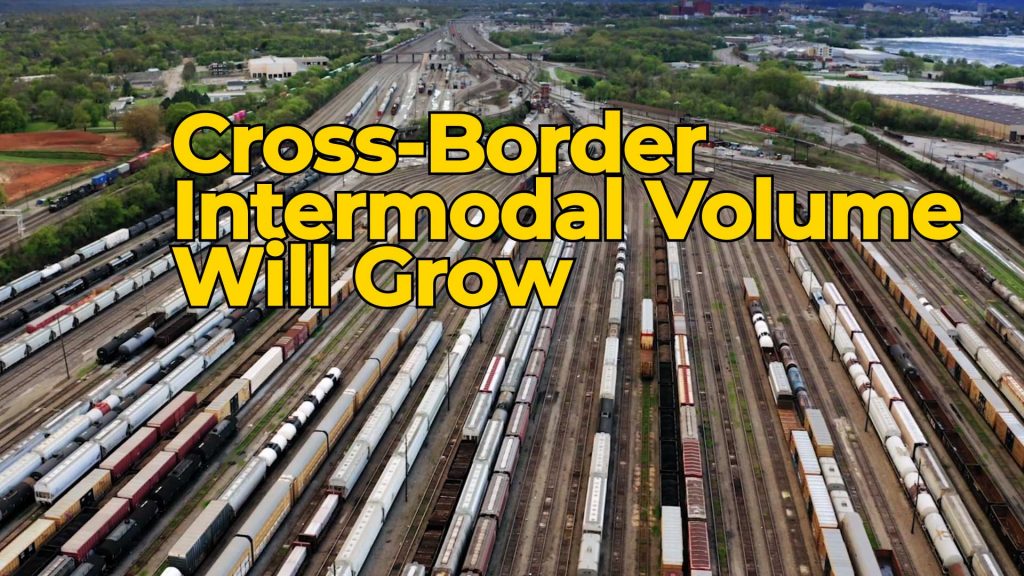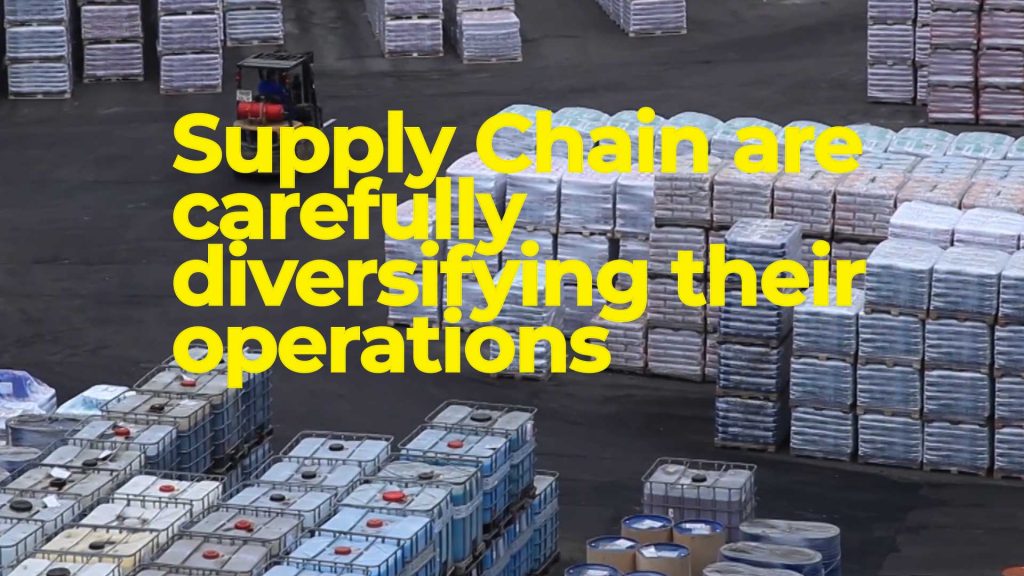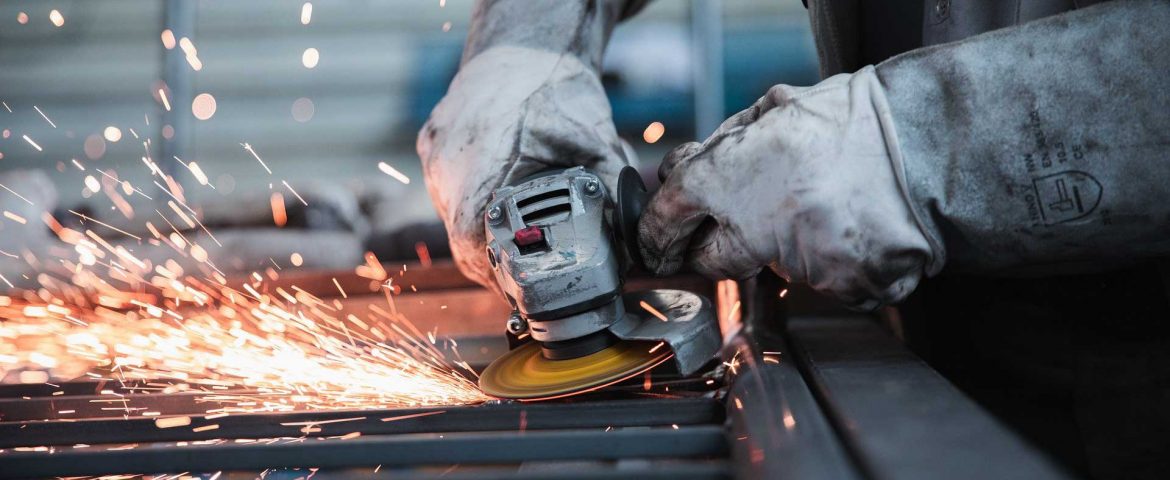Supply chain disruptions have been an enormous challenge for supply chains throughout 2020 and now into 2021. The ongoing coronavirus pandemic played havoc with supply chain operations, domestic and foreign factories, transportation providers, and distribution centers. Inventory levels are still much lower than normal, with heavy restocking to continue throughout much of 2021.
Supply Chain Diversification and Shift
An interesting trend and shift in global supply chains partially driven by the pandemic-associated disruptions are that many supply chains want better manage risk in their operations and cultivate a more robust supply chain that can tolerate future issues with fewer operational shutdowns and symptoms than what their supply chains could previously. This often means diversifying production location, and as a result of so many supply chains heavily leaning on China for a major portion of their inventory needs, moving some production away from China to countries such as Mexico, Vietnam, or India.
To be clear, China will remain a top, if not the top, trading partner with the US going forward, but volumes will rise with other countries as well.
The signing of the USMCA agreement in 2020 also helped to cement the trading partners in the coming years between Mexico, the United States, and Canada. Other issues that helped to spur many firms to diversify supply chain operations from solely or mostly relying on China include the Trump administration’s tariffs, intellectual property issues, and political risk. Firms have also sighted rising transportation costs and production costs in China as a compounding factor to their decision to diversify their base of suppliers.

Nearshoring Opportunities
A sometimes overlooked benefit of nearshoring production to a country like Mexico is the ease of management of transportation vs a country on the other side of the world. Flights between Mexico and the USA and much shorter, leading to easier direct oversight of factories, the difference in timezones also facilitates communications over countries like Vietnam or China.
Overland transportation via trucking and railway carriers is also a massive advantage over countries that require transpacific transportation. Meaning that inventory has a lower lead time, freight arrives within days instead of around a month and overall freight costs are much lower.
Freight carriers are significantly investing in their trans-border Mexico capacity including both trucking providers as well as trans border Mexico intermodal providers such as Union Pacific of Kansas City Southern. The expansion of handling facilities, improvement of rail routes, and more inland distribution centers designed specifically for trans border US Mexico trade will lead to more and more freight moving via intermodal from Mexico to the United States. Another major advantage that is becoming a higher priority for shippers is the security that intermodal rail freight provides on cross border Mexico freight lanes, as shipping containers on trains are much more secure than over the road cross border Mexico – USA trucking routes.

Automotive Supply Chains in Mexico
Mexico is home to many major automotive manufacturing facilities including GM, Ram, Nissan, Toyota, and others. Many don’t even realize that many vehicles which are considered “very American” are actually partially or mostly assembled in Mexico including a variety of mainstream and high volume selling pickup trucks. In addition to vehicle assembly, many automotive part suppliers also have extensive manufacturing hubs in Mexico. Look to see a rebound in automotive production numbers in 2021 as the pandemic is slowly starting to be controlled and vaccines are made available.
Top items you didn’t know were made in Mexico
Here are some interesting items you probably didn’t know were made in Mexico then shipped to the USA
Popular pickup trucks
As we mentioned above, many GM, Ford, and Ram half-ton and smaller pickups are built or partially assembled in Mexico then shipped to the US via cross-border freight.
Foods
Many candy items, and snack foods are produced in Mexico !
Musical Instruments
Some popular guitar brands and audio equipment are made in Mexico then moved to the US via truck or cross border US Mexico intermodal rail freight.
Electronics and Household Appliances
Mexico has increased the number of electronic manufacturing facilities resulting in items like TVs, LED systems, screens, and appliances like washers and dryers being made in Mexico.
Home Improvement and Hardware Store Items
Many common items in stores like Home Depot, Ace, and Lowes are made in Mexico, including various hand tools, some power tools, and other interior fixtures.
Aviation and Aerospace
Major airplane manufacturing firms like Bombardier produce components in Mexico, look to see Mexico’s share of aviation-related production to grow!
Railway and heavy equipment
Major railcar production firms like Trinity and Freightcar America have significant plans to expand production in Mexico due to the economic benefits. Other heavy equipment is made in Mexico including ag, construction, and even buses!
Zmodal is a top intermodal shipping company providing door to door intermodal, and full truckload services nationwide throughout our digital supply chain dashboard which provides easy route searching, booking, document management, and analytics.



